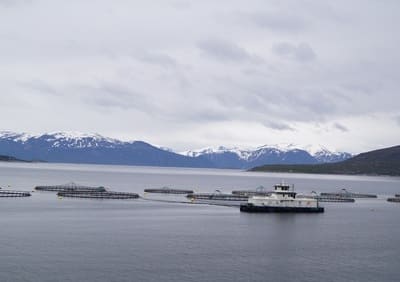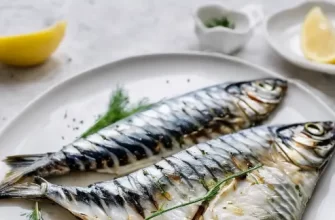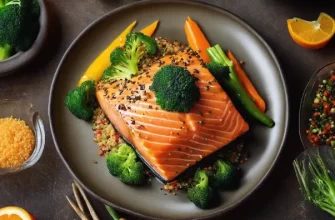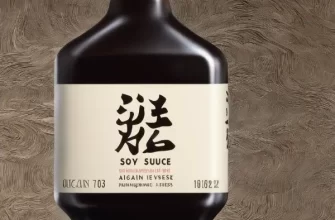Many people frequently include salmon in their diet, given its high nutritional value. However, there is an underlying controversy about whether farm-raised salmon is healthy or not. A substantial number of experts and scientific studies have cast doubt on the blanket claim that consuming salmon, particularly when farmed in open-net farms, is beneficial for health.
Firstly, there is an issue regarding the lack of transparency about how the salmon is farmed. The labels on products rarely disclose whether or not the salmon is farmed or the type and amount of chemicals that were used in its raising. This lack of information makes it challenging for consumers to make informed choices about what they’re eating.
Seafood Watch, an independent guide to fish consumption affiliated with the Monterey Bay Aquarium, has issued a warning about most farmed Atlantic salmon. This species is often subjected to excessive chemical use and disease, making it a potentially harmful food source.
Furthermore, salmon, being carnivorous, are often exposed to various toxins which could potentially wind up in their flesh and subsequently accumulate in people who consume them.
While nutritionists generally recommend consuming wild salmon over farmed salmon, it is worth noting that some farmed salmon could be safer than others. However, there is often a scarcity of exact information needed to distinguish between the two.
Secondly, there is the question of sustainability. Salmon farmers often promote their fish as sustainable and naturally raised. Nonetheless, the accuracy of these claims is questionable.
Moreover, some studies have raised red flags about the potential risks of consuming farmed Atlantic salmon. They assert that even a single serving per month can expose consumers to contaminant levels that exceed the standards set by the World Health Organization. Infants, children, and pregnant women are deemed at greatest risk from these contaminants due to the potential harm to developing brains.
On the other hand, the U.S. Department of Agriculture doesn’t even have a precise definition for organic salmon. This further complicates the matter and exacerbates consumer confusion.

So, to sum up: is farm-raised salmon bad for you? There’s no definitive answer. However, it is prudent to approach with caution and prioritize wild salmon or other fish known to be low in contaminants, especially for women of childbearing age, and young children. Always opt for preparation and cooking methods that reduce fat content to maintain a healthier diet.
Remember, while some studies cast doubt on the benefits of consuming farmed salmon, it’s always important to maintain a balanced diet and eat a variety of foods to ensure you’re receiving all necessary nutrients.
This short article compares wild salmon with farmed salmon and discusses the distinctions between them, including their environment and their diet.









